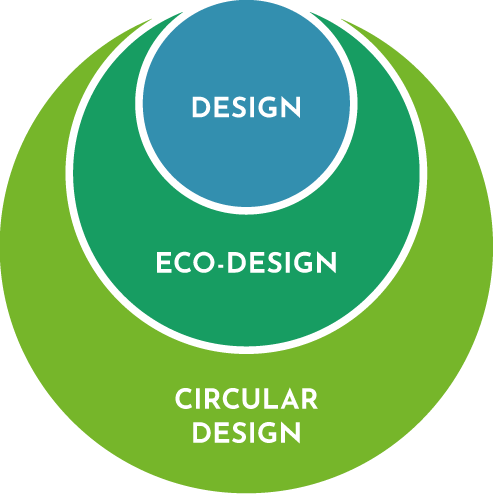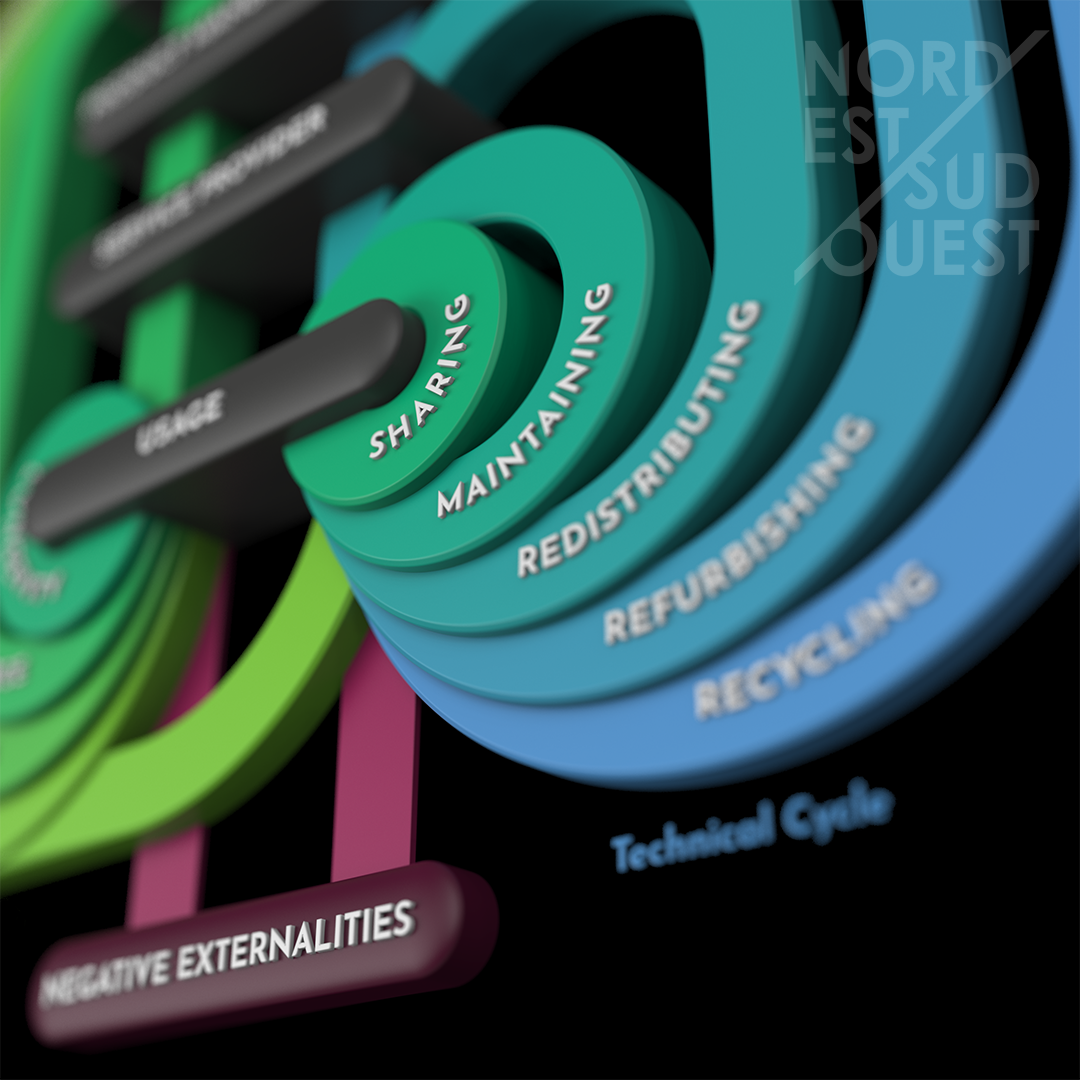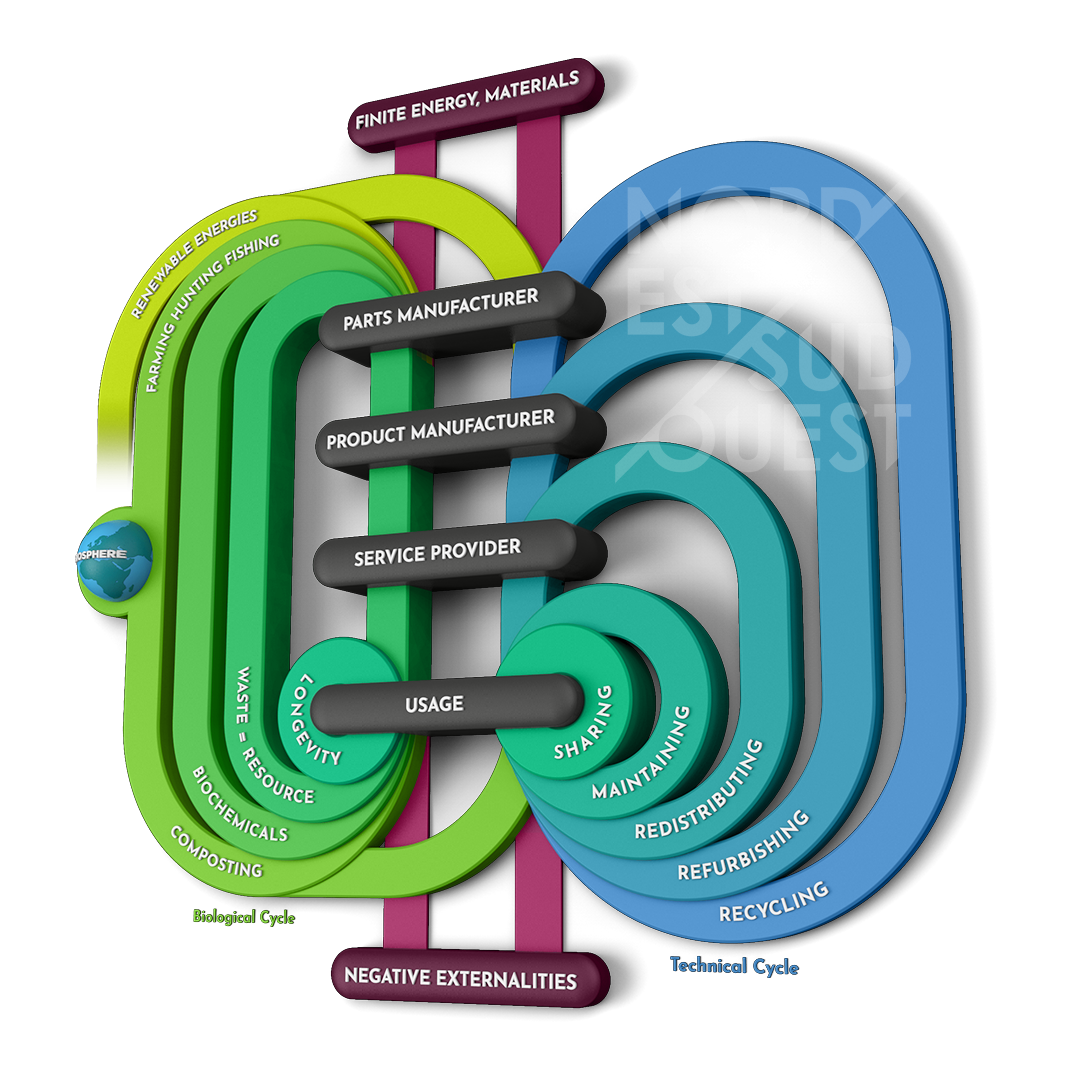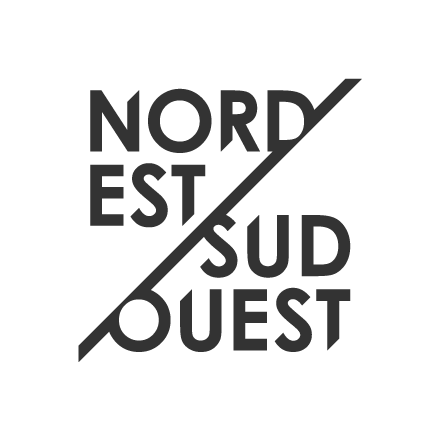THE BUTTERFLY DESIGN TOOLKIT FOR A CIRCULAR ECONOMY
Scaling Up Your Ecological Impact with Product Design
Today’s consumers are increasingly seeking out brands that prioritize the environment. Integrating ecological considerations into your product design offers a powerful way to demonstrate your commitment to sustainability and differentiate yourself in the
marketplace. Here are different levels of ecological impact in product design, helping you understand how each approach affects your environmental footprint, brand image, and investment needs.

BUSINESS AS USUAL
This level prioritizes aesthetics, functionality, and cost, with minimal environmental considerations.
While it requires minimal upfront investment, it offers limited differentiation in today’s market. Eco-conscious consumers are increasingly seeking sustainable alternatives, so this approach might limit your brand’s appeal.
ECO-DESIGN
This level optimizes existing designs to minimize environmental impact. It might involve using recycled materials, reducing energy consumption during production, or improving
product longevity.
While some investment is required to implement these changes, Eco-Design offers a good starting point for businesses seeking to establish themselves as an environmentally conscious brand.
CIRCULAR DESIGN
This level takes a holistic approach, considering the product’s entire lifecycle from material sourcing to disposal. Sustainable Design might involve using renewable resources, designing for disassembly and recyclability, or even creating products made to be shared. A key aspect of Sustainable Design is the concept of circularity, which actively seeks solutions that create a positive impact.
While this level requires a significant investment, it offers the strongest environmental benefits and the most significant brand differentiation in the marketplace. Sustainable Design positions your company as a leader in responsible innovation.
An Enthusiastic Sustainable Design Approach
While I have strong experience in eco-design, particularly minimizing packaging impact, I’m always drawn to pushing the boundaries. Exploring how far we can take eco-friendly principles, even in simpler projects, can lead to surprising efficiency gains.
The current era of significant change presents a unique opportunity. By embracing the context and actively seeking ways to transform how we design, manufacture, and use products, we can make a real difference. As designers, we hold a key position in the product creation process. I believe it’s our responsibility to leverage this role by proposing impactful solutions that drive us towards a circular economy.

Inspired by the Ellen MacArthur Foundation‘s Butterfly Diagram, which was inspired by Michael Braungart & William McDonough’s book: Cradle to Cradle,
THE BUTTERFLY DESIGN TOOLKIT
FOR A CIRCULAR ECONOMY
empowers designers to create truly sustainable products and business models. This innovative approach equips designers with a comprehensive framework to explore all design opportunities for circularity.
The circular economy principles help you move beyond traditional eco-design approaches for minimizing damage, aiming for truly regenerative products and business models. In my opinion, it is the most efficient model to protect our ecosystem for next generations.
As an experienced structural packaging & brand product designer, I use this toolkit to analyse your product or packaging proposition and suggest improvements that elevate its sustainable performance within the circular economy.
Contact me today for a free consultation to learn how the Butterfly Design Toolkit can help you achieve your sustainability goals!
To move away from the linear economy, designers shall:
01. Have A Systemic Vision
02. Use Reduced & Renewable Resources
03. Shift To Circular Flows
04. Prioritize Inner Loops
05. Design For Sharing
06. Design For Maintenance
07. Design For Redistributing
08. Design For Refurbishing
09. Design For Recycling, With Recycled Materials
10. Design For Longevity
11. Design Using Organic Waste
12. Design Using Biochemicals
13. Design For Composting

Packaging Solutions
In addition, I’m familiar with the Ellen MacArthur Foundation’s Upstream Innovation guide for sustainable packaging design. I can organize workshops using these resources to help you implement circular practices in your packaging.
CONTACT
Damien Fournival, NordEstSudOuest, Lieu dit Laché Bas, 82160 Caylus, France
Our host is ISO 14001 and 50001 certified and is concretely committed to ecology.
NordEstSudOuest is part of OZON – Activities and Employment Cooperative
14 rue du Vieux Pont, 82240 SEPTFONDS, Tel. : 05.63.26.03.56 – Fax: 05.63.26.03.56 – Email: compta@ozon-cooperer.org
SCOP – SIRET number: 44519383200026 – APE code: 7112 – Intra. VAT: FR51445193832

